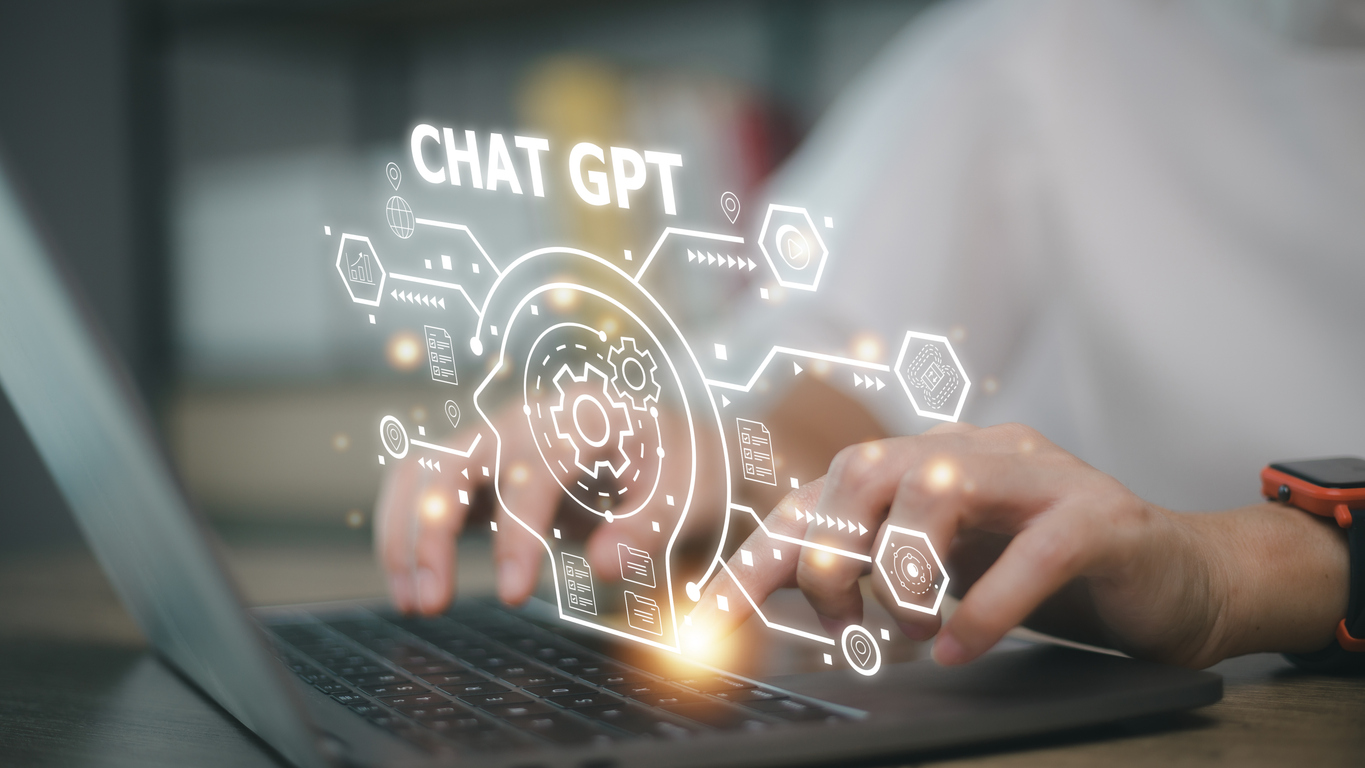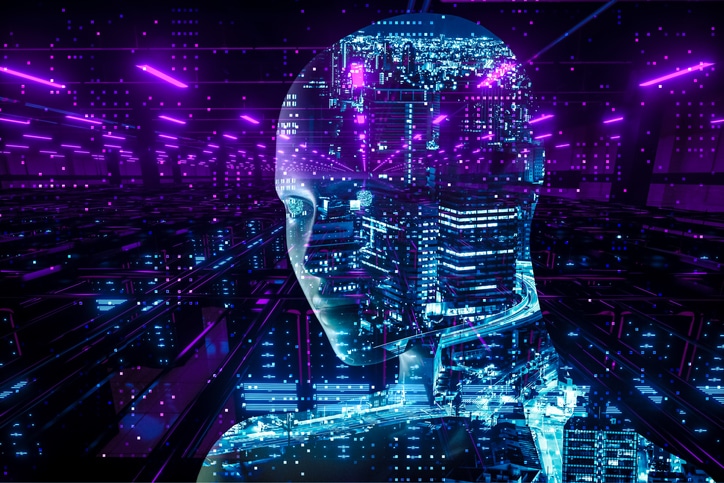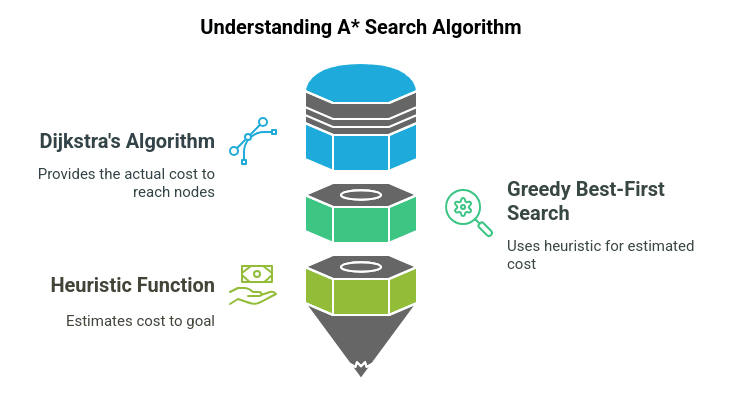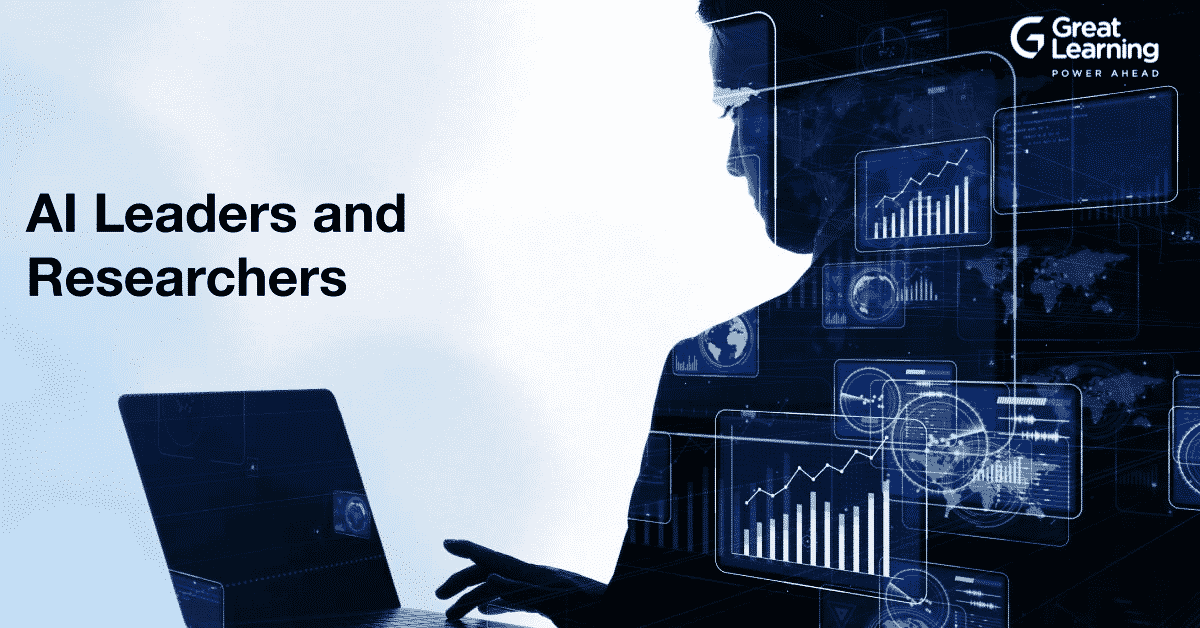Artificial intelligence (AI) has been rapidly evolving over the past few years, with one of its significant advancements being the development of language models. One of the most popular AI language models available today is the ChatGPT, developed by OpenAI. The latest versions of ChatGPT, GPT-3, and GPT-4 have drawn considerable attention due to their exceptional performance. In this article, we will explore the differences between ChatGPT-3 and ChatGPT-4.
What is ChatGPT?
ChatGPT is a generative pre-trained transformer that utilizes deep learning algorithms to generate text. It is an AI assistant that allows users to communicate with it in natural language and solve problems. It is widely used for tasks such as chatbots, text generation, and question-answering systems.
What are GPT-3 and GPT-4?
Understanding the Predecessor and the Successor
GPT-3 is the third version of the Generative Pre-trained Transformer (GPT) developed by OpenAI, with 175 billion parameters. It gained widespread attention for its ability to generate text that is difficult to distinguish from human text. It also outperforms its predecessors in various natural language tasks, including translation, summarization, and question-answering.
GPT-4, on the other hand, is the successor of GPT-3 and is currently under development. It is anticipated to have a larger language model and a more advanced architecture than its predecessor.
Comparison between GPT-3 and GPT-4
Although GPT-4 is still in development, several reports suggest that it will have over 175 billion parameters, which is a significant increase compared to GPT-3’s 13.5 billion parameters. This increase in the number of parameters will result in more accurate and faster responses to user queries. GPT-4 is also expected to include capabilities for multimodal input, such as text and images, to generate more realistic communication.
Features of GPT-4
GPT-4 is expected to have more advanced features than its predecessors. Reports suggest that GPT-4 will have improved prompt and input capabilities. It is also expected to generate more human-like responses and have the ability to solve complex problems more effectively. GPT-4 is also said to have image recognition capabilities, unlike its predecessor.

What Makes ChatGPT-4 Different?
Improved Prompt
One of the significant differences between ChatGPT-4 and its predecessor is the improved prompt capability. This feature allows the user to give more precise and detailed inputs, resulting in more accurate responses. GPT-4 can understand and interpret complex commands and queries, making it more efficient and user-friendly.
More Accurate and Faster Response
GPT-4’s larger language model with 175 billion parameters enables it to process and generate text information more effectively than its predecessor. This means that it can provide more accurate and faster responses to queries and generate natural human-like responses.
Capability for Multimodal Input
GPT-4 is expected to have the capability for multimodal input such as text and images. This means that it can generate more realistic and comprehensive communication that can address a broader range of user queries.
How Does ChatGPT-4 Impact AI In General?
The Advancement of OpenAI’s Language Models
The development of GPT-4 represents a significant leap forward in the development of language models. The advancements in natural language generation have the potential to improve various industries such as healthcare and education by enhancing problem-solving and communication among individuals.
Bridging the Gap between Artificial Intelligence and Human Communication
GPT-4’s human-like interaction has the potential to bridge the gap between artificial intelligence and human communication. This will enable individuals to communicate with AI in natural language and enhance AI’s capability to solve problems effectively.
Next-Gen Features: Image Recognition and Generative Conversations
GPT-4’s potential image recognition capabilities will make it possible for the AI to interpret both text and images. The generative conversations feature will enable AI assistants to hold more comprehensive and engaging conversations with users, which will enhance the experience of using them.
ChatGPT-3 Vs. ChatGPT-4: Which AI Assistant Should You Use?
Factors to Consider
When choosing between ChatGPT-3 and ChatGPT-4, it is essential to consider the intended use case. For example, if the AI is required to handle simple tasks like scheduling or responding to customer inquiries, ChatGPT-3 might be the preferred option. However, for complex tasks such as medical diagnosis or financial advice, ChatGPT-4 might prove more efficient and accurate.
GPT-3 Performance and Limitations
Although GPT-3 has a smaller model than GPT-4, it has proven to be a reliable and efficient language model. It is capable of generating human-like text with impressive accuracy, and it can perform a range of natural language processing tasks. However, it is not immune to errors and can sometimes generate inappropriate responses.
GPT-4 as the Future of AI-Language Models
GPT-4’s potential to have more advanced features, a larger language model, and the capability for multimodal input technology, makes it the next generation of AI language models. It has the potential to enhance problem-solving and communication in various industries and bridge the gap between humans and AI.
Conclusion
The differences between ChatGPT-3 and ChatGPT-4 are significant, with the latter having more advanced and improved features. GPT-4’s multimodal input capabilities, image recognition, and larger language model represent a significant step forward in AI language modeling. Ultimately, the choice between the two will depend on the intended use case, with GPT-4 being the more suitable option for complex tasks.
Also Read:









